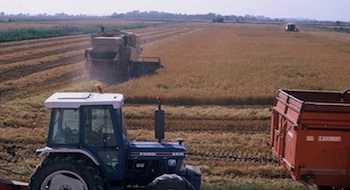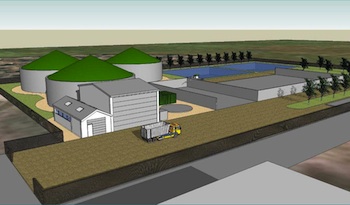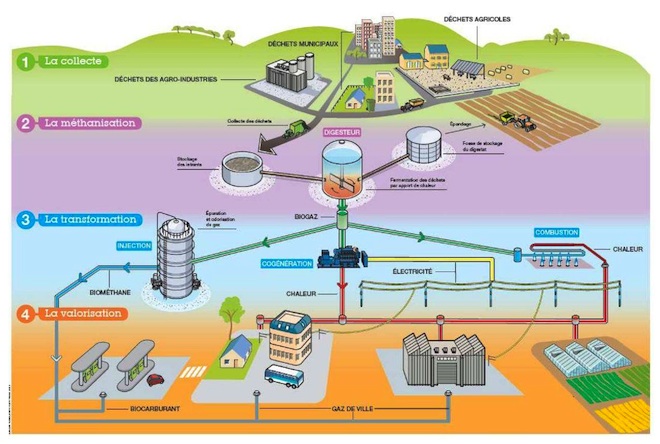Photo Gallery
Located in the Ile de France region, некоторые 70 km south-east of Paris, the “Fontainebleau – Gâtinais” biosphere reserve, has an area of 150,000 есть. The forest has been studied by well known naturalists (Linné, Jussieu and Buffon) since the 17th century and painters were also attracted to the forest (e.g Millet, Rousseau, Corot), and created the Barbizon school in the 19th century.
Fontainebleau and Gâtinais Biosphere Reserve, Mines ParisTech and Naskeo Environment have teamed up to valorise by digestion the local horse manure and bio-waste. They experienced an innovative model of governance from which, on the basis of permanent confrontation of expertise, knowledge, economic dynamics and social aspirations of civil society, Photo Gallery.
Equimeth проекте
Equimeth is a project of biogas production from manure. It is based in the equine industry, a major economic sector in the department of Seine-et-Marne. The Fontainebleau region is well known for its equestrian tradition and there are at least 3,000 horses in over a hundred stables and equestrian centres. All these horses produce about 30,000 tons of manure per year.
The relocation of the neighbouring mushroom farms, which historically were the main manure recipient, has forced to think of alternative forms of recovery of this biomass locally. This was the trigger and the opportunity to develop the Equimeth project.
Equimeth will use 40,000 tons of material per year, 50% Photo Gallery. The digestion process should provide 34,000 tons of digestate to be used by farmers on about 4,700 га. Equimeth will produce 250Nm3/h of biogas, refined and brought up to standard city gas. This production of methane is equivalent to the annual gas consumption of 1,350 households per year (household average size of 100 m²). This will prevent the emission of nearly 7,200 tons of CO2-eq per year.
The Equimeth project allows closing the circle of recovery of this waste. All biogas produced will be injected into the gas system, creating direct and indirect jobs as well as new synergies between different nearby companies. В конце концов, local farmers will make use of the digestate, closing the circle of ecological and energy efficiency.
Photo Gallery
The Equimeth project has come a long way in five years, where participation becomes a crucial aspect. The follow-up committee established to monitor the project groups together all local actors involved in the project (Chamber of Agriculture, the General Council of the community, equestrian group of Normandy, equestrian facilities, manure collectors, фермеров, и т.д.), as well as Naskeo Environment , responsible for the design and implementation of the biogas plant.
Under the governance model established with the follow-up committee, the Fontainebleau-Gâtinais biosphere reserve in partnership with Naskeo Environment becomes an advisory body to assist in the development of Equimeth. Более того, the “Moret, Seine et Loing” federation of municipalities has provided the space for the facilities at its development centre.
Photo Gallery, economic, and environmental viability developed by Mines Paris Tech in association with Creden and EDHEC.
Climate change is a complex issue which..
In terms of territorial ecology, a biogas production process requires a global view of all unit operations to manage the inlet and outlet flow of matter in/out the digester: relationships with producers and collectors of fermentable material (manure, but also other biowaste) and the users (фермеров) for the digestate spreading.
The project has succeeded in implementing an innovative model of governance, with the participation of all local actors, from local administrations to the end users.


















